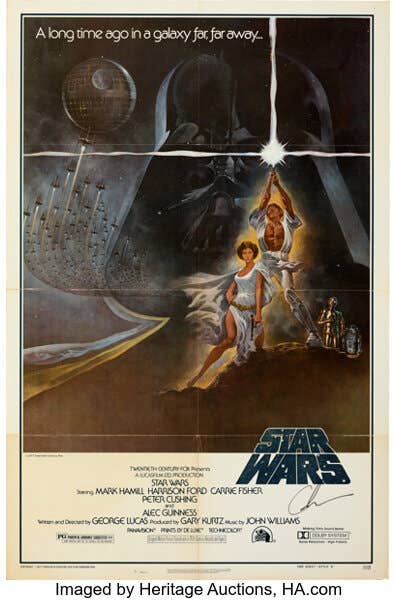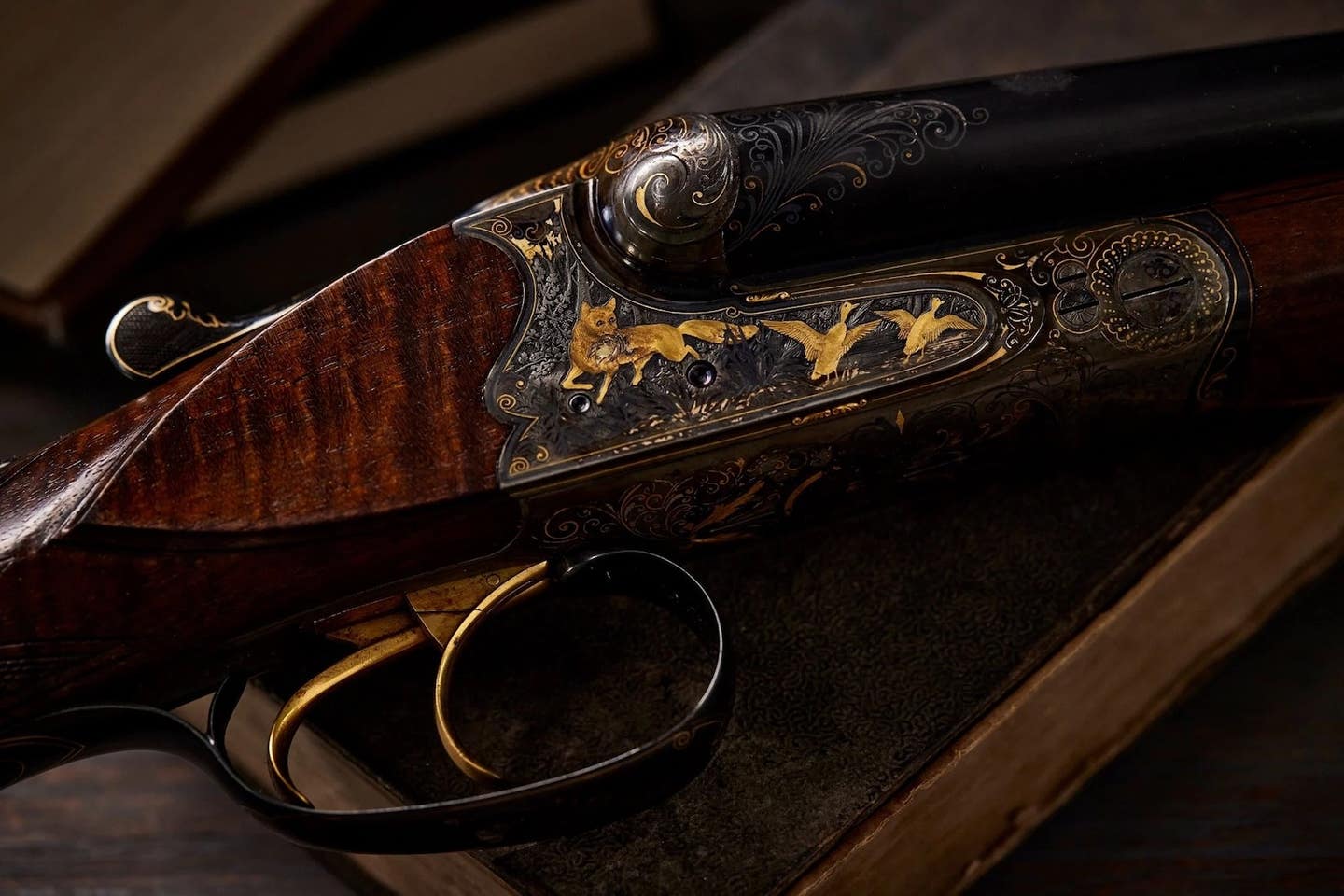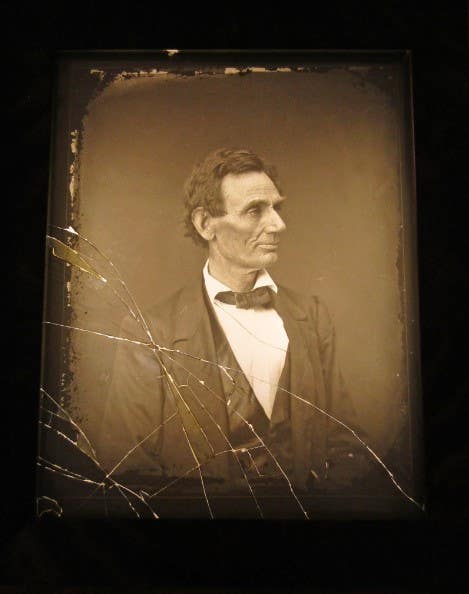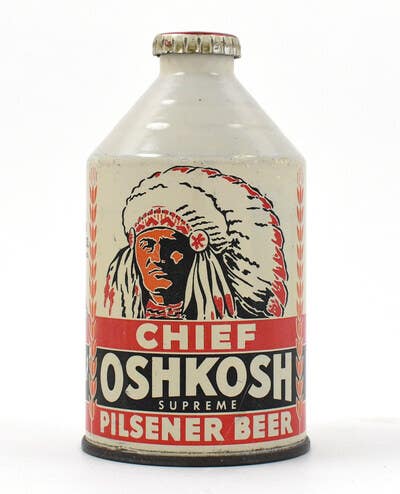1741 regulated gold cob coin may command $100,000
A specimen of regulated gold cob coinage from 18th century Lima, Peru may see $100,000 during Daniel Frank Sedwick’s Treasure Auction 23, slated for May 15-16.
WINTER PARK, Fla. -- In the early years of the United States, a lack of gold coinage forced citizens to utilize an unusual but practical source. Known as regulated gold, these were foreign gold coins adjusted by respected goldsmiths to weights compatible with US dollars.
Eyes on Regulated Gold Coin
One such piece, an NGC-graded XF 40 Lima, Peru, cob 8 escudos is the highlight of an upcoming sale. It is dated to 1741 struck during the reign of Philip V of Spain. It is regulated by Boston goldsmith Joseph Edwards, Jr. (1737-1783) to $15 in circulating value, will cross the auction block in Daniel Frank Sedwick’s Treasure Auction 23. The sale will be held online at www.auction.sedwickcoins.com on May 15-16, 2018. The auction firm’s low estimate for this coin is $100,000.
“This is a very important piece for both the Spanish colonial coin collector as well as the US collector,” said company president Daniel Sedwick. “Never before have we offered such a significant gold coin; the dual-nation history it represents goes far beyond a simple countermark.”
Historic Doubloon
The coin represents the earliest host for a regulated doubloon as well as being the only known regulated coin with the mark of Joseph Edwards, Jr. Edwards was a third-generation goldsmith from a prominent Boston family. He learned his craft from one of his uncles, Thomas or Samuel Edwards, and became a prosperous metalworker himself. His regulation mark on the coin appears as a simple I•E countermark in a rectangular indent pressed into the weight-adjusting plug. The plug and countermark reside at the foot of the lower-left lion, a seemingly random placement but perhaps chosen so that minimal coin design was lost in the process.
The coin was previously owned by Julius L. Brown, son of Georgia governor Joseph E.
Brown, and was sold as part of his estate in the May 1911 Lippincott, Son & Co. auction.
Also appearing in Sedwick’s auction is a group of ingots from seven different shipwrecks. The top ingot lots are three large silver bars from the Atocha, sunk in 1622 in the Gulf of Mexico. The finest one is a Class Factor 1.0-grade bar (the highest grade attainable for bars from the wreck) weighing in at 88 troy pounds, 3.84 troy ounces and dating to 1621. It has an estimate of $30,000 and up. The other two large bars, with Class Factors 0.7 and 0.9, carry an estimate at $20,000 to $30,000 each. Another Atocha ingot of note in this auction is a rare cylindrical “piña” weighing 4,312 grams, estimated at $15,000 and up.
Additional Featured Lots
* Lima, Peru, gold cob 8 escudos dated 1712 recovered from the 1715 Fleet and graded by NGC
as MS 62, estimated at $12,500.
* Half of a gold “finger” bar weighing 439 grams recovered from the “Golden Fleece wreck,” sunk ca. 1550 in the northern Caribbean, estimated at $17,500 and up.
* Costa Rica 8 reales 1846JB counterstamp on a Guatemala cob 8 reales dated 1739, estimated at $7,000 to $10,000.
* An 1856-S Coronet Head Liberty $20 sea salvaged from the “Fort Capron treasure,” estimated at $3,000 to $4,500.
* A Puerto Rico 20 pesos specimen bank note circa 1889 graded by PMG as Gem UNC 65 EPQ (the finest and only known example in the PMG census), estimated at $1,500 and up.
Bidders can register for the auction at www.auction.sedwickcoins.com.
For more information, visit www.sedwickcoins.com or email office@sedwickcoins.com.








